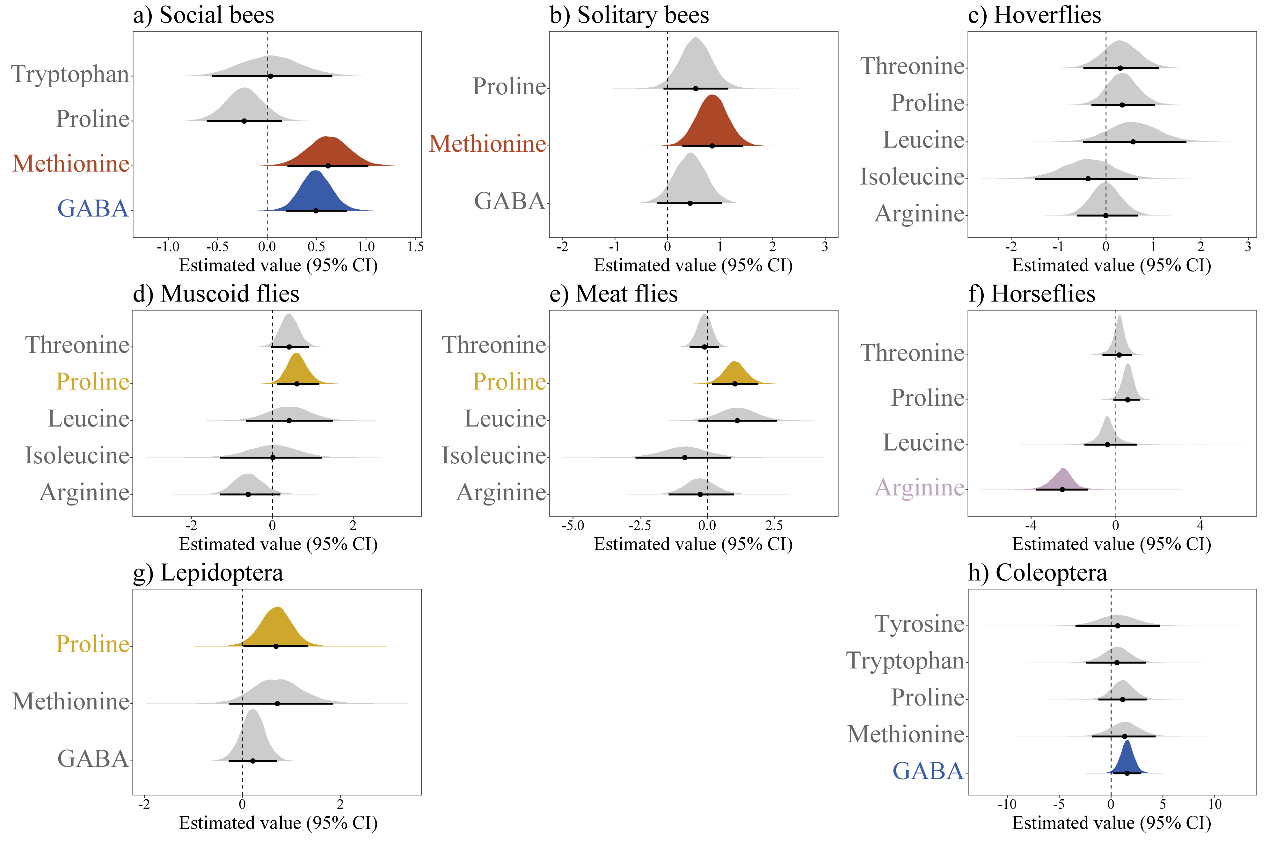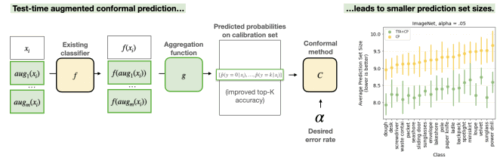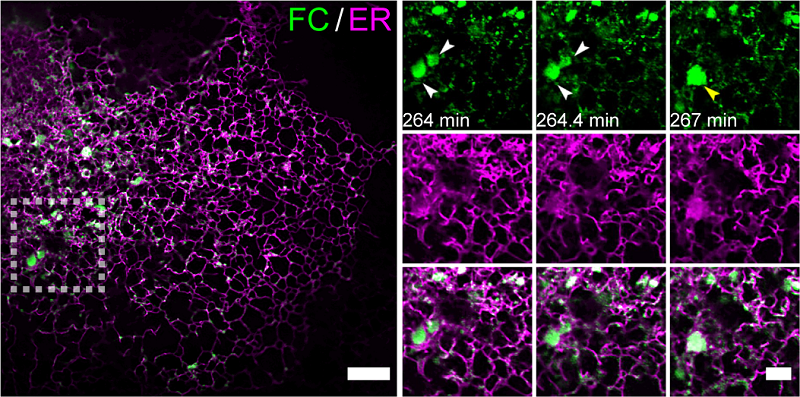2025-04-29 中国科学院(CAS)
 The effect of different amino acids (AAs) in nectar on the visitation frequency of social bees (a), solitary bees (b), hoverflies (c), muscoid flies (d), meat flies (e), horseflies (f), Lepidoptera (g), Coleoptera (h). (Image by WBG)
The effect of different amino acids (AAs) in nectar on the visitation frequency of social bees (a), solitary bees (b), hoverflies (c), muscoid flies (d), meat flies (e), horseflies (f), Lepidoptera (g), Coleoptera (h). (Image by WBG)
中国科学院武漢植物園の研究チームは、中国の高山草原において、花蜜中のアミノ酸組成が昆虫の訪花行動に与える影響を調査しました。40種の植物と200種以上の昆虫を対象に、花蜜中の21種類のアミノ酸の含有量と昆虫の訪花頻度を分析した結果、特定のアミノ酸が訪花行動に顕著な影響を及ぼすことが明らかになりました。例えば、γ-アミノ酪酸(GABA)やメチオニンを多く含む花蜜は、社会性ハチの訪花頻度を高める傾向があり、GABAはハチの記憶や学習能力を向上させる可能性が示唆されました。また、双翅目の昆虫では、イエバエや肉食性バエがプロリンを多く含む花蜜を好む一方で、アブはアルギニンを多く含む花蜜を避ける傾向が見られました。これらの結果は、花蜜中のアミノ酸が植物と送粉者の相互作用において重要な役割を果たし、生態系の多様性維持に寄与していることを示しています。
<関連情報>
- https://english.cas.cn/newsroom/research_news/life/202504/t20250429_1042367.shtml
- https://link.springer.com/article/10.1007/s11258-025-01506-0
定量的解析により、群落植物と訪花昆虫の相互作用が、花蜜アミノ酸の相対組成と関連していることが明らかになった Quantitative analyses reveal interactions of community plants and insect flower visitors are associated with relative composition of nectar amino acids
Han-Ning Lun & Chun-Feng Yang
Plant Ecology Published:10 March 2025
DOI:https://doi.org/10.1007/s11258-025-01506-0
Abstract
- Trait-based analyses that elaborate the biological mechanisms underlying species interactions are crucial for predicting the structure of community plants and animals. Flower nectar, a sugar-rich solution, is fundamental to linking flowers and animal visitors for most plants. However, there is a paucity of knowledge regarding the influence of nectar micro-components, such as amino acids (AAs), and their relative composition on foraging decisions of flower visitors within a community context.
- We quantitatively calculated the relative composition of 21 AAs of nectars from 40 species and recorded the visitation frequency of their 207 species of insect visitors (15 functional groups from five orders) in a species-rich alpine meadow. Phylogenetically generalized mixed models with Bayesian estimation were used to detect the influence of nectar AAs on the visitation frequency of flower visitors from the different groups.
- Our results indicated that the increase of γ-aminobutyric acid (GABA) and methionine in nectar enhanced the visitation of social bees, the dominant flower visitors in this meadow. Furthermore, the AAs in nectar that affect visitation frequency varied among different functional groups of Dipteran, e.g., hoverfly, mucoid fly, meat fly, and horsefly. Their different diet sources and life history strategies (e.g., feeding larvae or not) may explain the preferring or disliking of nectar AAs.
- Our findings suggest a way that flower reward may structure plant-pollinator interactions in communities with diverse species, which enriches the understanding of mechanisms for biodiversity maintenance.


